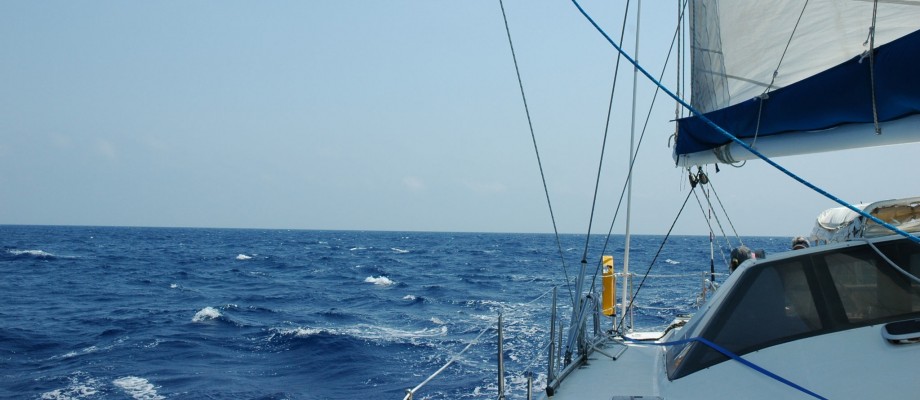June 25, 2013
After having been in the deep waters of the Marquesas Islands, the clear, blue shallows of Kauehi’s lagoon were extremely inviting. Even though we had seen a couple of small black tip sharks swimming through the anchorage, it only took us a matter of moments after the anchor was secure on the sandy bottom before we all jumped in for a swim. To our surprise, the water was a lot cooler than we were expecting!
While Wil checked the anchor, the kids and I swam to nearby coral heads. This was our first view of a variety of giant clams, beautiful neon colored fish, some sort of small prawn, and the deadly cone snails.
There are many dangerous creatures in the waters of the Pacific. We had grown accustomed to fire coral, jelly fish, sea urchins, moray eels, sting rays, and lion fish. However, the cone snails, the high number of sharks, crown-of-thorns starfish, and stonefish were all going to be new to us.
Cone snails are possibly the deadliest of creatures, maybe even worse than some sharks. Cone snails are carnivorous with different varieties that eat worms, fish, or mollusks. Sometimes inflicting a fatal sting, the fish-eating varieties of cone snail are the most dangerous to humans. The venom which is harpooned from the snail’s proboscis is quick-acting, powerful, and paralyzing. The shells are beautiful and plenty, so it’s easy for the unsuspecting shell collector to make a fatal mistake. Therefore, we drilled it into everyone that, if we’re going to pick up shells, we must pick them up properly. Don’t let the proboscis end near your skin and don’t place shells in your pockets or in thin, plastic bags. We told the kids that it would be best to use a stick to turn over shells before picking them up, but still never assume that the shell is empty. (Ok, this makes me think of letting my kids play in traffic!)








